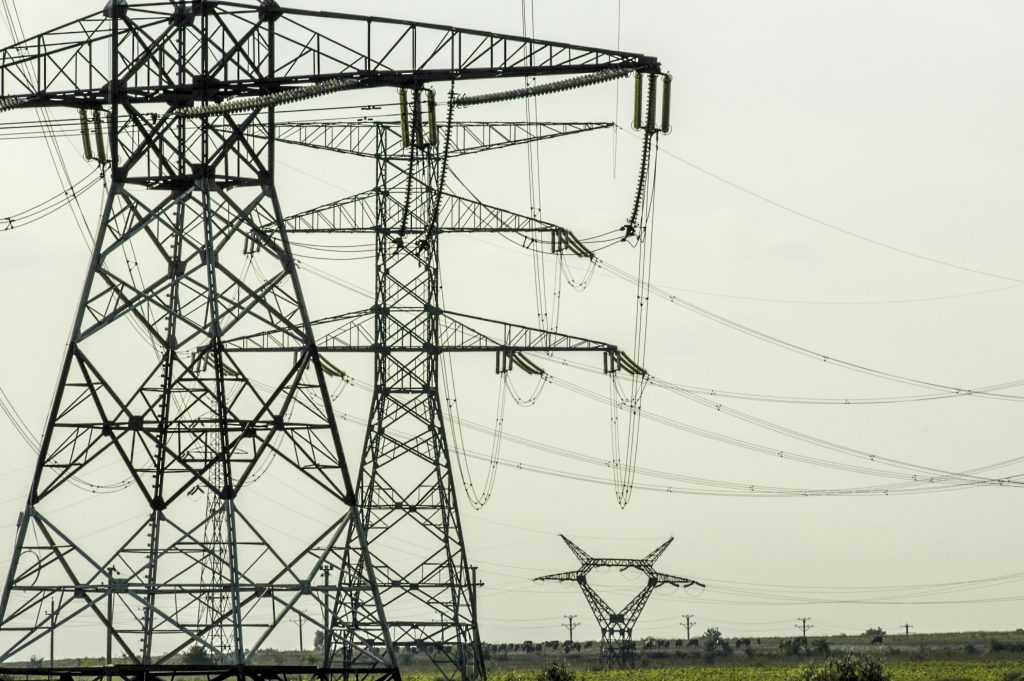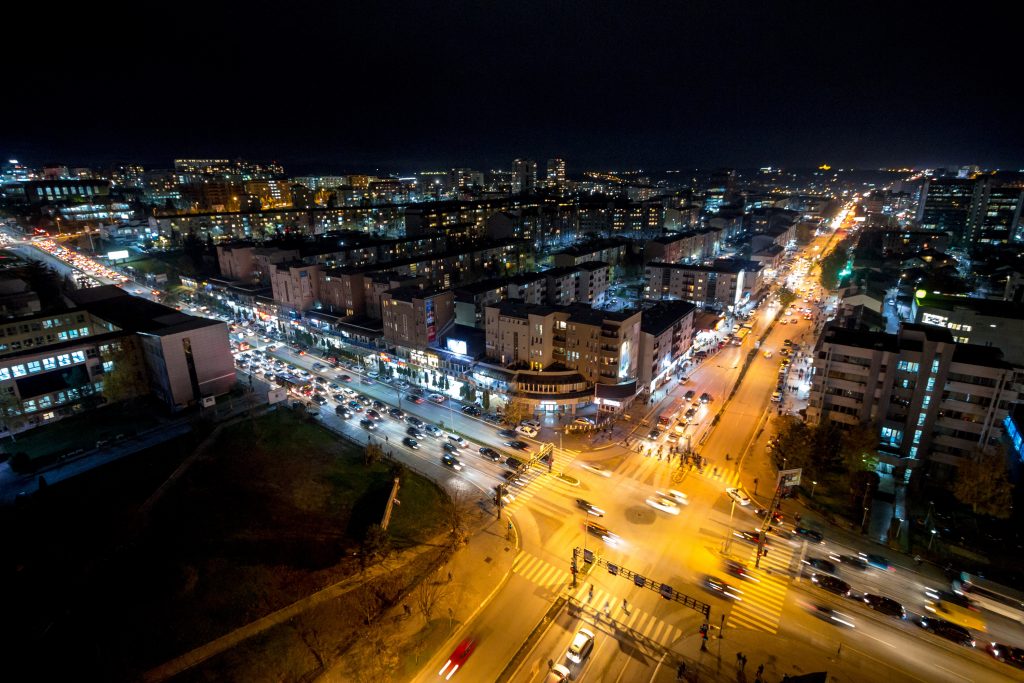On ‘the continent’ – in the cultured, sun-blushed terraces of the Mediterranean, time moves slowly. Or at least, that’s the view from the grey British Isles. It turns out, however, it’s true.
Or at least for the first weeks of 2018, it was true. At first, it was small – perhaps too small to notice. But by early March, electrical clocks in Europe were running nearly six minutes slow. What caused this mass scale time loss? Electricity.
But to understand how electricity was causing clocks to lose time, you first need to understand how it helps them keep time.
How does electricity keep time?
Almost all clocks (save for the earliest sundials and hourglasses), measure time using a simple dynamic: oscillation – the repetitive and rhythmic movement of something between two points.
For example, in a pendulum clock, each swing (or oscillation) of a suspended weight between two points shifts a single tooth of a gear, which in turn shifts other gears and eventually the hands of a clock face. Because that movement is consistent and regular, it can be used as a measurement of time.
Clock technology has advanced beyond the abilities of a pendulum, but it remains driven by this principle of measuring oscillation. A quartz clock measures the vibration (or oscillation) of a piece of quartz, an atomic clock measures the vibration of atoms and electrons, and an electrical clock measures the oscillation of electricity – otherwise known as its frequency.
The fundamentals of electrical frequency

In the UK and across Europe, all electricity operates at a frequency of 50 hertz (Hz), which is determined by the number of directional changes alternating current (AC) electricity makes every second. A synchronous electrical clock – the kind found in ovens, microwaves and digital alarm clocks – uses this consistent oscillation to measure seconds and tell time.
Electrical clocks have been designed this way because electricity’s frequency is consistent – it needs to be. Any slight deviations above or below 50 Hz can damage electrical devices and equipment. In Great Britain, National Grid and service operators around the country – including Drax Power Station – work to maintain this consistent frequency through a service called frequency response, which instructs generators to either increase or decrease generation depending on overall network demand, which in turn controls frequency.
This is because frequency is regulated by keeping generation and demand across a network perfectly balanced. Too much generation drives frequency higher, not enough causes it to fall.
It’s this that caused Europe’s electrical clocks to run slowly. But to understand the source of the frequency imbalance, you first need to understand how Europe’s grid works.
How six minutes dropped off the map
The ‘Continental Europe’ power system connects 25 countries from Spain to Turkey in one synchronous electrical network which runs on the same frequency and can all share power.
Within this there are smaller transmission system operators (TSOs) that balance the power supply of smaller groups of countries like National Grid does for GB’s network.
One of these zones includes Serbia, Macedonia and Montenegro, a region with well-known longstanding political tensions. Kosovo declared independence from Serbia in 2008, however Serbia refuses to recognise its sovereignty – a feeling which extends to some parts of Kosovo’s population.

Night view of Pristina, capital city of Kosovo.
In the Northern parts of Kosovo (along the Serbian border) the population is largely of Serbian origin and side with Serbia on the question of Kosovo’s independence. They also refuse to pay for its power. This leaves the rest of the country – who are largely of Albanian descent – to pay the cost of the country’s overall electricity, which they do via subsidies added to their bills.
But when Kosovo’s energy regulator removed the subsidy earlier this year it led to a sudden hole in the money paying generators, which in turn led to a fall in how much electricity was being generated. Crucially, however, demand didn’t fall with it.
Instead, Kosovo was using more power than it was generating, causing electrical frequency on the network to drop. And because Kosovo is part of a shared and synchronous network that stretches across the continent, that frequency imbalance (although incredibly small) spread across the network.
Overall frequency dropped 0.01% drop over the Continental European grid – too small to trigger a full system shut down, but big enough to mean that every second electrical clocks were counting was slightly slower than it should be. Big enough to mean that over time Europe lost six minutes.
As of 8 March an agreement has been met between the countries to meet demand and so, although the power that wasn’t being generated hasn’t been ‘replaced’, there is no longer an ongoing imbalance.
Frequency has normalised and clocks – now reset – are running on time.












